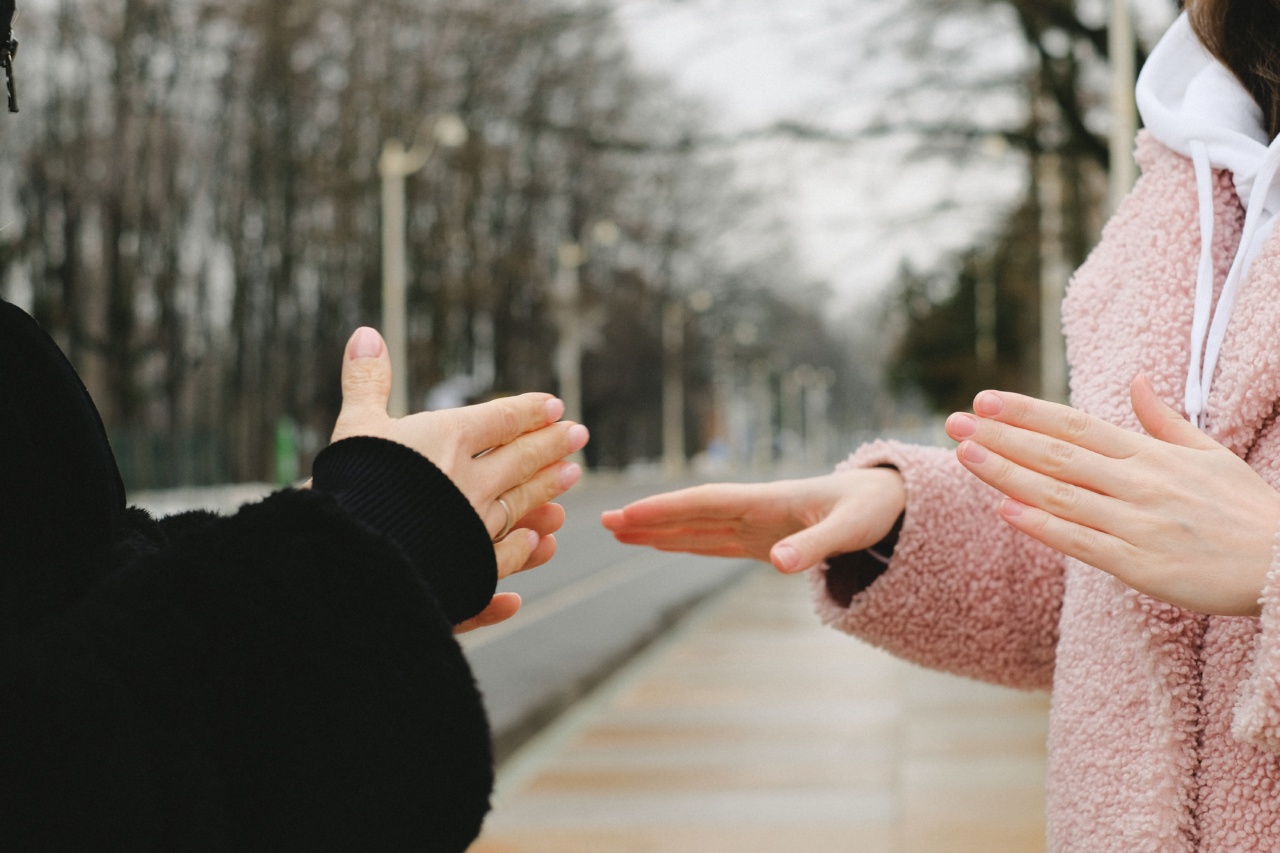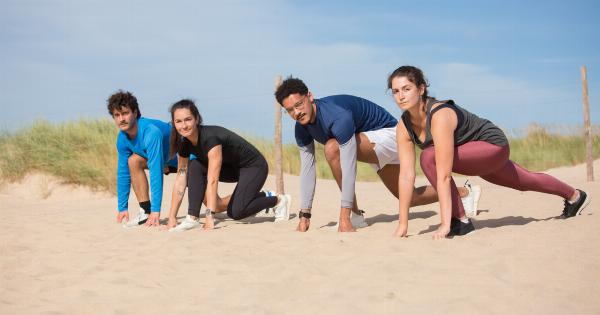The human body is incredibly complex, and it can communicate in many ways. While language is the most commonly used form of communication, body language can speak volumes without ever uttering a word.
From a simple handshake to a slumped posture, every movement and gesture can convey meaning. Understanding the unspoken language of the body can help improve communication and perception.
What is Body Language?
Body language refers to the nonverbal cues that people use to communicate, such as facial expressions, posture, gestures, and eye contact. These signals can convey a wide range of emotions, intentions, and attitudes, whether positive or negative.
Body language is often instinctive, meaning that people may not even be aware that they are sending signals.
The Importance of Body Language
Body language plays an important role in how people perceive each other. In fact, studies have shown that nonverbal communication often carries more weight than verbal communication.
For example, a smile can convey warmth and friendliness, while crossed arms can indicate defensiveness or discomfort.
Body language can also affect how people perceive themselves. Adopting a more confident posture, such as standing up straight, can actually make people feel more confident.
Conversely, hunching over or avoiding eye contact can make people feel more anxious or insecure.
Types of Body Language
Facial Expressions
The face is one of the most expressive parts of the body, and it can convey a wide range of emotions. For example, a smile often indicates happiness or friendliness, while a furrowed brow can signal anger or confusion.
Rolling one’s eyes may indicate annoyance or disbelief, while a raised eyebrow can indicate skepticism or surprise.
Posture
Posture refers to the way people hold their bodies, and it can convey a lot about their feelings and intentions. For example, sitting up straight can indicate attentiveness or confidence, while slouching can indicate boredom or disinterest.
Crossing one’s legs can indicate relaxation or defensiveness, while leaning forward can indicate engagement or interest.
Gestures
Gestures refer to physical movements that people make with their bodies. For example, nodding one’s head can indicate agreement or approval, while shaking one’s head can indicate disagreement or disapproval.
Pointing can indicate direction or emphasis, while hand gestures can indicate emphasis or enthusiasm.
Eye Contact
Eye contact is another important form of body language. Direct eye contact can convey confidence, interest, and engagement, while avoiding eye contact can indicate shyness, disinterest, or dishonesty.
Prolonged eye contact can indicate intimacy or aggression, depending on the context.
Interpreting Body Language
Interpreting body language can be tricky, as signals can vary depending on the person and the context. For example, while crossed arms can indicate defensiveness, they can also indicate that the person is cold or uncomfortable.
Similarly, while smiling can indicate happiness, it can also be used to cover up discomfort or nervousness.
When interpreting body language, it is important to consider the context and the person as a whole. One gesture or expression may not convey the entire message.
Instead, look for patterns and clusters of signals that can provide a more complete picture of the person’s feelings and intentions.
The Importance of Body Language in Communication
Body language can play a critical role in communication, particularly in situations where verbal communication may be limited or unclear.
For example, in a job interview, the way a candidate sits, gestures, and makes eye contact can convey just as much information as their answers to interview questions. Similarly, in negotiations, understanding the other party’s body language can help determine their intentions and preferences.
Body language can also be a useful tool for building relationships and fostering trust. Mirroring the other person’s body language, such as leaning forward when they lean forward, can create a sense of rapport and connection.
Active listening, which involves using body language to show interest and attention, can also help build trust and understanding.
Improving Body Language
While a lot of body language is instinctive, people can also learn to improve their nonverbal communication skills. By being more aware of their own body language, people can convey their feelings and intentions more effectively.
Tips for improving body language include:.
- Standing up straight and maintaining good posture
- Making eye contact with the other person
- Keeping gestures open and natural
- Avoiding fidgeting or nervous tics
- Paying attention to facial expressions and maintaining a friendly demeanor
Conclusion
The unspoken language of the body is a powerful tool for communication and perception.
By understanding and using body language effectively, people can improve their interactions with others, build better relationships, and achieve greater success in both personal and professional endeavors.






























